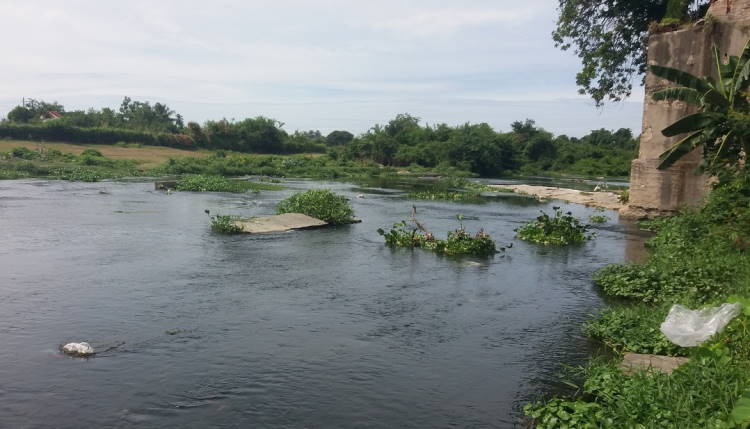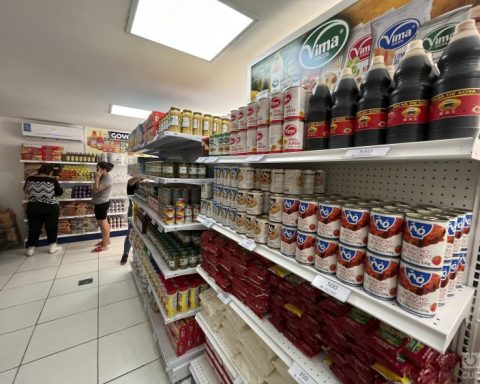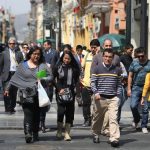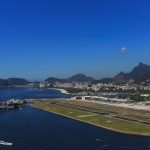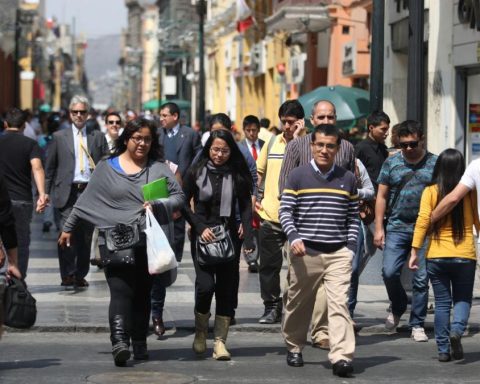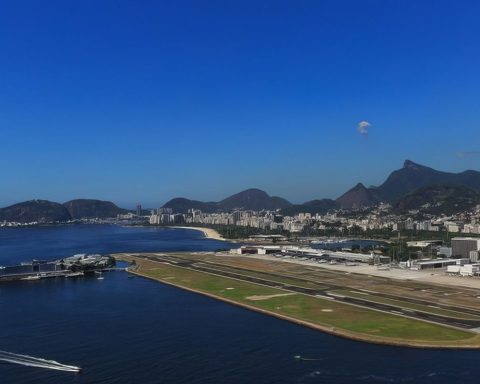GUANTANAMO, Cuba. — Despite the fact that subsection (g) of article 13 of the Castro Constitution establishes that one of the essential purposes of the State is the protection of the natural, historical and cultural heritage of the nation, CubaNet has published several articles about the excessive pruning carried out in the city by the community services company and about the dire state of emblematic constructions of Guantanamo’s architectural and cultural heritage, such as the former municipal market, the Salcines Palace and the poet’s birthplace Regino E. Boti. For more than ten years the authorities of the province promised to reestablish them, but they still have not done so.
The easternmost province of Cuba does not escape the environmental contamination of important natural environments. A long-standing problem is soil salinity, caused largely by human action. Added to this are deforestation and environmental pollution, from which the rivers do not escape.
Located in a valley “between the sea and the mountains”, as the poet Regino E. Boti wrote, Guantánamo is an aboriginal word that means “land between rivers”. But, if we stick to the effects of human action on them, it is very possible that within ten years the easternmost capital of Cuba will only have rivers in memory.
The four rivers of Guantánamo
The valley where the city is located is crossed by the Guantánamo, Jaibo, Bano and Guaso rivers. Of them the most mighty and identified with the city is the last. In fact, the well-known “Villa del Guaso” was called “Santa Catalina del Saltadero del Guaso” in the 19th century. Some historians affirm that in those times that was a navigable river from the bay to an area currently located in a central part of the city.
This river rises in a place named “La Ninfa” and then joins the Bano River in a place known as Confluentes. From there they both go towards the bay.
El Jaibo-currently it looks like a small stream-crosses the western part of the valley.
For its part, the Guantánamo River rises in the mountains of Santiago de Cuba and its waters were collected until very recently by the “La Yaya” dam.
The revelations of a Guantanamo specialist from CITMA
CubaNet had access to a Guantanamo specialist who works in the Ministry of Science, Technology and Environment (CITMA), the body in charge of directing, controlling and executing State and government policy in scientific and technological activity, environmental policy and the use peaceful nuclear power.
The scientist agreed to give us his opinion on the matter as long as we preserved his identity, for fear of reprisals.
Visibly dismayed, the specialist, who has worked for more than two decades at CITMA, affirmed that none of the Guantanamo rivers escapes the negative action of state entities, among which he mentioned the Revolutionary Armed Forces (FAR), the Combinado Cárnico de Guantánamo, the soap factory, the Argeo Martínez sugar mill and other small companies located near those rivers.

According to his words, these entities send their sewage and solid waste to those rivers. Added to this is the sewage of the entire city, including that of the Dr. Agosthino Neto provincial hospital, with a high content of chemical substances.

Regarding the Guaso River, he stated: “This river presents alarming levels of contamination, well above those permissible at the international level. It is oversaturated with pollution and this is not an isolated phenomenon, since today the entire Guantánamo watershed is seriously damaged by pollution. Communities that lack the infrastructure to treat their wastewater have sprung up in a disorganized way. The solution of the Guantanamo authorities has been to install pipes so that this waste goes directly into the city’s rivers. Although it cannot be affirmed that the level of contamination of the Jaibo and Bano rivers is similar to that existing in the Guaso, it is very worrying, to the point that in some parts these rivers have stagnated, as in the area of the old Society Patriotic Military (SEPMI), where today there is only a putrefied lagoon”.

The specialist also stated that “deforestation and soil degradation, caused mainly by state companies, have a negative impact on the river basin of the valley, but also on other rivers in the province such as the Yateras and the Toa, the latter one of the largest in the country.”
Asked about the role that the Revolutionary Armed Forces (FAR) have had in this phenomenon, he said: “Many Guantanamo people believe that the ‘La Yaya’ dam has lost its reservoir capacity due to climate change, but the truth is that the reduction of the liquid dammed in it is due to the fact that this dam is fed by tributaries located in the Sierra de Canastas, in the province of Santiago de Cuba, and the military of that province decided to dam them for their benefit. Now, the collection of water from this dam depends on them. This, combined with the prolongation of the droughts, has caused this reservoir, which was previously one of the largest in the country, to now be the one that accumulates the least water in the entire province.”

About a project related to the matter addressed by CubaNet, the specialist stated: “There is a project that consists of making an oxidation pond to treat all the city’s wastewater and then forward it to the Guaso River and the bay, which is also deeply suffering from the aforementioned polluting impact, enhanced by the fact that the FAR built the so-called ‘walkway’, a wire mesh that divides the bay in two to prevent the escape of Cubans towards the US naval base. This mesh causes the adherence of debris and molluscs that prevent the natural flow of the current in the bay, something lethal for the marine ecosystem”.
Visibly annoyed, the specialist concluded by stating: “This project was conceived more than 15 years ago, but there is no government will to start it. Hopefully when they decide to run it, it won’t be too late.”
It’s not the first time CubaNet addresses the subject exposed in the headline of this photoreport, something that can be corroborated by visiting its archives. Hopefully it will be the last and that the authorities comply with their own Constitution.
Receive information from CubaNet on your cell phone through WhatsApp. Send us a message with the word “CUBA” on the phone +1 (786) 316-2072, You can also subscribe to our electronic newsletter by giving click here.
